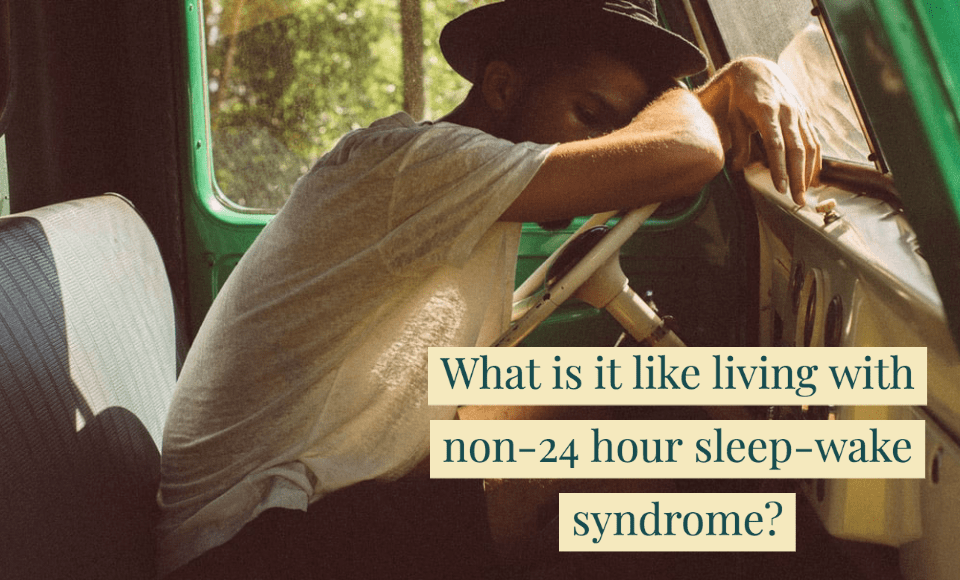Most people have never heard of non-24 hour sleep-wake syndrome. That is because only an incredibly small number of people actually suffer from this disorder. Non-24 hour sleep-wake syndrome is a type of sleep disorder. More specifically, it is a type of circadian rhythm disorder. For those who don’t live with non-24 hour sleep-wake syndrome, this article is going to explain what it is like.
Every person has an internal clock that tells him or her when to wake up and when to fall asleep. This internal clock is called the circadian rhythm and is sometimes referred to as a “body clock.” In fact, almost all living organisms have a circadian rhythm. The majority of people operate on a 24-hour circadian rhythm. In other words, their bodies want to stay awake for approximately 16 hours and sleep for approximately 8 hours, and this cycle is cued by the rising and setting of the Sun. Even in total darkness, most people will still adhere to a 24-hour sleep cycle.
People with non-24 hour sleep-wake syndrome, however, do not follow a 24-hour sleep cycle. Their circadian rhythms are off by comparison, and in most cases are much longer. For example, a person with non-24 hour sleep-wake syndrome might be on a 36-hour sleep cycle or even a 48-hour cycle. In the most extreme cases, a cycle might last up to 72 hours, in which the person stays awake for 48 hours and sleeps for 24. It is also common for people with this disorder to stay up perpetually later each day.
The majority of people who have non-24 hour sleep-wake syndrome are blind. They cannot see the sunlight; therefore, they are not dictated by its pattern. Most sighted people with non-24 developed it as a result of a severe head injury that resulted in neurological damage. After a severe concussion or another head injury, it is not unusual for sleeping patterns to become abnormal.
If you are out of synch with everyone else, you may tend to stay up a little bit later every day and wake up a little bit later each following day. This can quickly become problematic and makes it virtually impossible for sufferers to follow a normal schedule. They may have to take sleeping pills or deprive themself of sleep to adapt to normal society.
Here an example of a typical week for one person who suffers from non-24 hour sleep-wake syndrome: Monday – Woke up around 10:00 AM, Tuesday – Woke up around 4:00 PM, Wednesday – Woke up around 5:30 PM, Thursday – Woke up around 3:00 PM even though went to bed around 10:00 AM, and Friday – Woke up at 2:30 PM. They find that if they have something that needs to be done, they have to force themself out of bed. The night before things need to be done, they often take a sleeping pill because they need to fall asleep early to get up at a reasonable time.
It’s also common for people with non-24-hour sleep-wake syndrome to rotate between being nocturnal and diurnal. Some weeks they wake up at night and fall asleep during the day, and other weeks it’s reversed. If people with this syndrome could, they might prefer to stay awake for about 20 hours each day and sleep for about 10 to 12 hours. Of course, it’s impossible for anyone to live a normal life if they were to follow their preference.
Going to school can be a challenge because the students with this syndrome may get in trouble for sleeping during class. Working a normal 9 to 5 job is pretty much out of the question. For people with this syndrome, it is best to find a work-from-home job that will allow them to somewhat follow their own schedule.
Since there aren’t that many who have to live with non-24-hour sleep-wake syndrome, and you may not understand what those who have it experience, perhaps this article has helped you understand.

